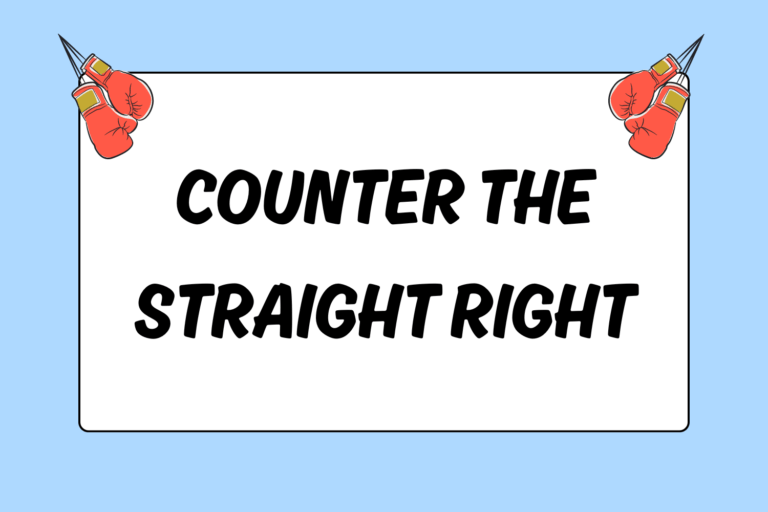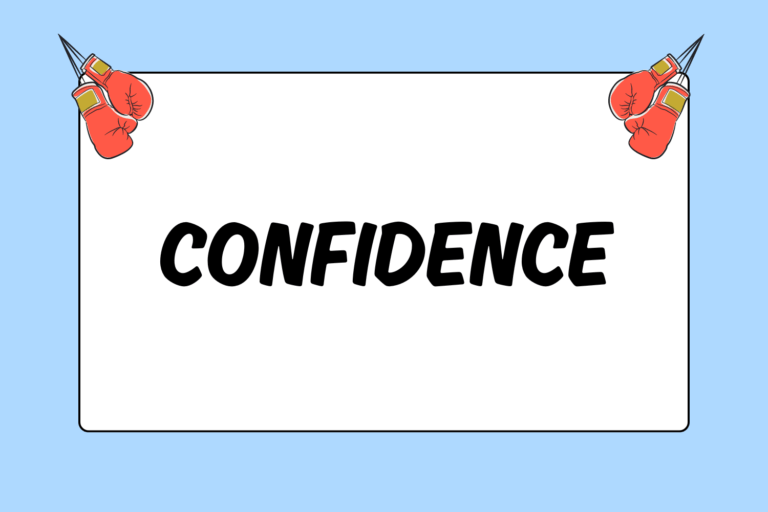So you want to lace up the boxing gloves and fight at the amateur level. Before you can enter the ring to compete, though, you have to follow a number of steps. You must locate a gym, train, and acquire a license if you want to box other amateurs. This guide walks you through the fundamental steps that must be taken in order for you to schedule a competitive bout as an amateur.
Find a Gym
As you begin your journey in becoming an amateur boxer, you have to find a suitable boxing gym and trainer. Here are some pieces of information to consider as you search:
- Location and price: You’ll find it much more feasible to maintain your commitment to boxing if your gym is close to where you live or work. You should find a gym that specializes in boxing if you want to compete — boxing gyms provide all the equipment you’ll need. Typically, trainers charge additional fees. Ask about individual trainer fees in addition to general gym fees.
- Basic equipment: In order to be successful, find a gym that has heavy bags, speed bags, double-end bags, and a ring. These pieces of equipment are essential to any boxing gym.
- People: Find a high-quality gym within your price range that has experienced individuals. Experienced boxers are as valuable, if not more valuable, than any piece of equipment. Experienced coaches will mentor you along your journey, and experienced training partners are invaluable as you begin sparring.
Spar, Spar, & Spar Some More
Initially, you’ll learn basic punches and defensive maneuvers, and practice each technique on the heavy bag and mitts. In order to prepare yourself for competition, though, you must step into the ring. Sparring is similar to scrimmaging for boxers. The purpose is not to beat up your training partner, but rather to improve your own game for an upcoming opponent.
During sparring, as during competition, you should always wear protective headgear, a mouthpiece, gloves, and a groin protector. Most trainers advise boxers to wear 16- or 18-ounce gloves during sparring sessions. Heavier gloves slow down punches and prevent unnecessary injuries. During amateur competitions, however, you wear 10- or 12-ounce gloves.
Enter each sparring round with a purpose. Work on a chosen combination, practice a specific defensive maneuver, or focus on a counterpunching technique throughout the round. Take the necessary time to develop each skill, so that once competition rolls around you will be more than ready. Generally speaking, you should have at least six to nine months of sparring under your belt prior to entering competition.
Amazingly True Story
Nate Campbell is a former World Boxing Association (WBA), International Boxing Federation (IBF), and World Boxing Organization (WBO) lightweight champion. Although he received minimal training from his uncle as a young boy, he never took boxing seriously until his early twenties. Campbell was earning minimum wage in a supermarket warehouse when he decided to concentrate on boxing.
Campbell was 28 years old when he lost a controversial decision in the Olympic trials. Shortly after the loss, in late 2000, Campbell turned professional. He won his first 23 bouts. Soon after, he lost three bouts, leaving many to assume his career was over. However, Campbell fought back and won the World Lightweight Championship against Juan Diaz on March 8, 2008 at the age of 36.
Get Licensed
Licensing in different countries varies — this section focuses on licensing for amateur boxing in the United States. In order to compete in USA Boxing — the governing body of amateur boxing in the United States — you have to acquire a license. To apply for this license, follow these steps:
- Go to https://www.usaboxing.org/membership
- Click on the “Membership Forms” tab on the left, and read the instructions for athletes (the application form appears as a pdf attachment on the left).
- Fill out the necessary forms and gather the designated fee payment.
- Go to website above once again and click on “LBC Directory” on the left. This directory gives the necessary contact info for each state, so that you can mail your application and receive your license. Once you are licensed, you are eligible to compete at USA Boxing events.
Find an Event
Depending on where you live, finding an event can be quite difficult. Most respectable boxing gyms receive updates of events in the surrounding areas, so first check with the manager of your gym to see if they have such information. If your gym does not receive updates, you’ll have to do some research on your own.
USAboxing.org occasionally posts local events within the “Membership Services” section of the site. Lastly, you can simply do a general search on the internet for “amateur boxing events” in your area. There are some sites out there that compile lists of upcoming events according to the region.
As you search for an event, understand where you fall as a competitor. USA Boxing regulations break up amateur age groups as follows:
- Bantam Division: 8-10 years old
- Junior Division: 11-12 years old
- Intermediate: Division 13-14 years old
- Senior Junior Olympic Division: 15-16 years old
- Sub-novice Class: 17-34 years old without any bouts
- Novice Class: 17-34 years old with 10 or less bouts
- Open Division: 17-34 years old with more than 10 bouts
- Master Division: 35+ years of age
Know what division you fall under, as well as your weight and record — even if that record is 0-0. Weight classes exist for each of the listed divisions, but informal events sometimes allow you to fall between weight classes. Check with the management of each event for information specific to that event.
Train Hard
Applying for a license and finding an event can seem boring and tedious, but the end result is sure to be exhilarating. No feeling can parallel that of entering the ring for your first competitive bout. Nerves emerge, crowd noises fade, and all your hard work comes together. First and foremost, train hard with your mind on the goal at hand.





